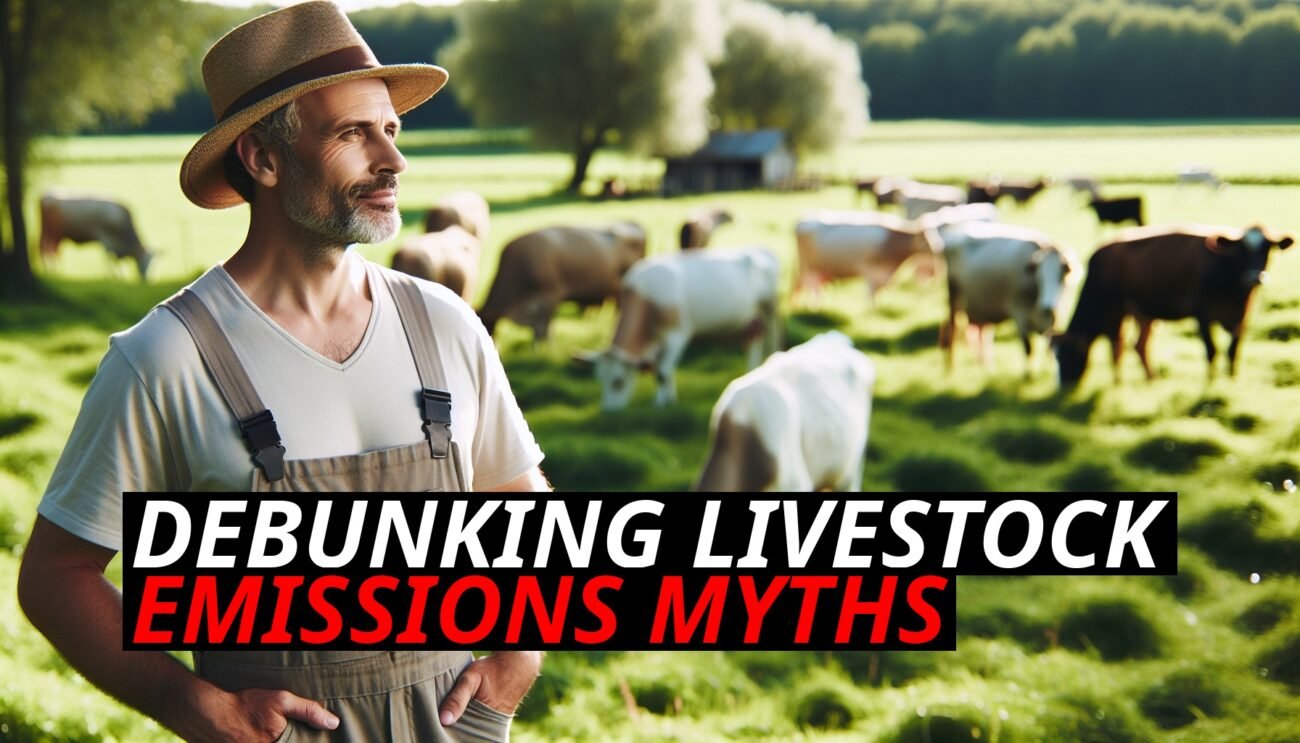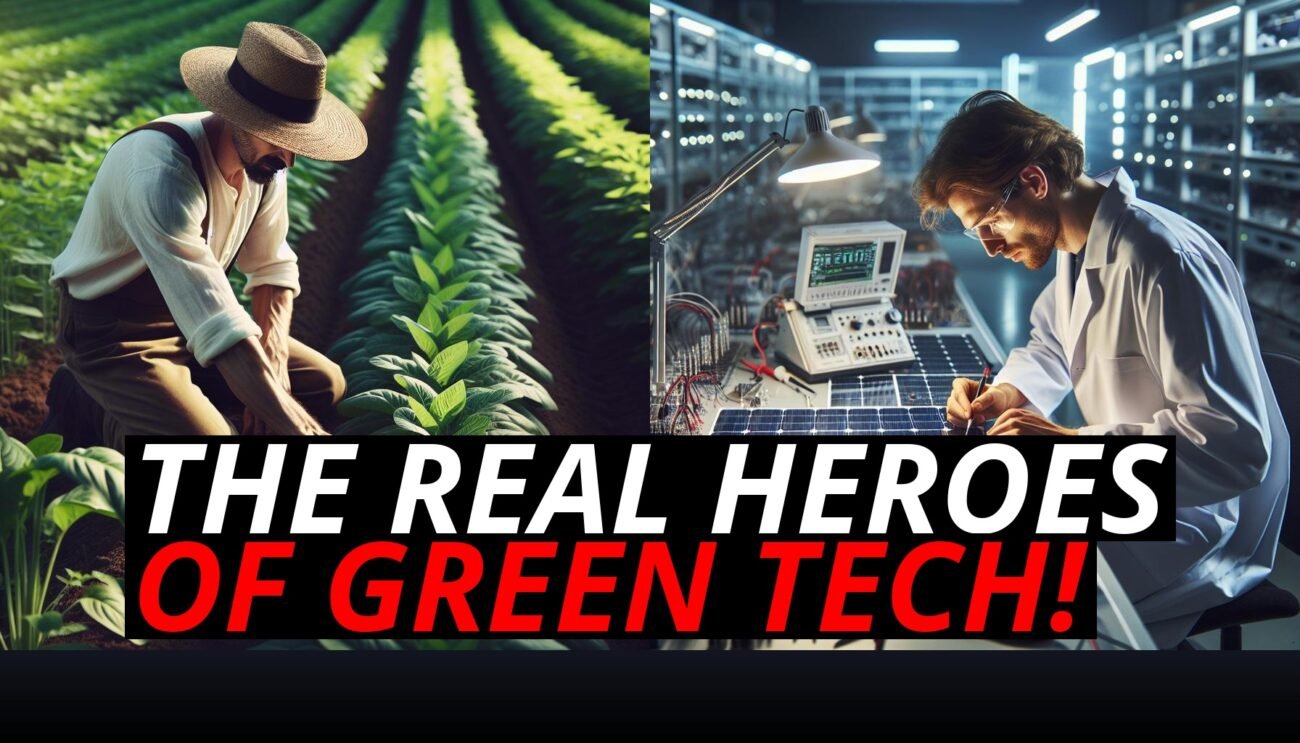Can You Survive Without Modern Industry?
Picture this: you’re deep in the wilderness, chopping firewood with your chainsaw, hunting with your rifle, and transporting supplies with your truck. It feels like the epitome of self-reliance—living off the land and providing for yourself. But how self-reliant are you, really, when your tools come from factories, your fuel from refineries, and your ammunition from industrial assembly lines?
Survivalism often carries the image of complete independence, but the truth is, modern survival depends on the very systems it aims to escape. Let’s dive into the industrial backbone of survivalism and explore how tools, vehicles, and resources shape the reality of off-grid living.
The Essential Role Of Chainsaws In Survival
When it comes to survival in the wilderness, few tools are as iconic—and essential—as the chainsaw. But while it’s a key component of modern survivalism, its existence depends entirely on industrial systems.
- Mass-Produced Precision
Chainsaws are built in factories using precision engineering, combining metals, plastics, and advanced mechanics.
_Example_: Every part, from the chain to the engine, requires specialized manufacturing processes.
- Fuel Dependency
Chainsaws run on gasoline, tying them directly to oil refineries and global supply chains.
_Example_: Without fuel, even the most durable chainsaw becomes useless.
- Maintenance Supplies
Maintaining a chainsaw requires factory-made parts like spark plugs, chains, and oil, ensuring it operates smoothly over time.
While a chainsaw is an indispensable survival tool, its reliance on industrial systems highlights the limits of self-sufficiency.
Trucks: The Unsung Heroes Of Survivalism
For many survivalists, trucks are more than just transportation—they’re lifelines for hauling supplies, navigating rough terrain, and accessing remote locations. However, trucks are deeply tied to modern industries.
- Manufacturing Complexity
Trucks are among the most complex machines, involving thousands of components, from engines to tires, all produced in factories.
- Fuel as a Lifeline
Trucks require gasoline or diesel, making fuel availability a critical factor in their utility.
_Example_: A truck stranded without fuel in the wilderness loses its role as a survival tool.
- Specialized Maintenance
Keeping a truck operational requires industrially manufactured parts, from filters to brake pads.
_Example_: Without regular servicing, even the most rugged truck will eventually break down.
Trucks provide survivalists with unmatched utility, but their reliance on fuel and parts underscores their dependence on industrial systems.
Ammunition: The Industrial Heart Of Hunting
Hunting is often viewed as a cornerstone of survivalism, but modern firearms and ammunition owe everything to industrial production.
- Precision Manufacturing
Ammunition involves a mix of mined metals, chemical propellants, and precision engineering to ensure reliability.
_Example_: Producing even a single bullet by hand would be an arduous and inefficient task.
- Logistics and Supply Chains
Ammunition production relies on a vast network of suppliers for raw materials and factories for assembly.
_Example_: The brass for casings, gunpowder, and primers all come from separate, specialized industries.
- Stockpiling vs. Sustainability
Survivalists often stockpile ammunition, acknowledging its limited availability in a collapse scenario.
_Example_: A hunter who runs out of ammunition must resort to less efficient and labor-intensive methods like bow hunting or trapping.
Ammunition may feel like the ultimate self-reliant resource, but its existence depends on industrial systems far beyond the control of individual survivalists.
The Hidden Dependencies In Survival Gear
Beyond chainsaws, trucks, and ammunition, a host of other survival essentials trace their origins to modern industry.
- Clothing and Textiles
Weatherproof jackets, boots, and backpacks rely on synthetic fabrics and advanced manufacturing.
_Example_: Materials like Gore-Tex and Kevlar are essential for durability and protection but are impossible to produce without industrial systems.
- Water Filtration Systems
Portable filters and purification tablets are lifesaving tools, but they depend on chemical and mechanical engineering.
_Example_: A filter that removes harmful bacteria is a product of decades of industrial innovation.
- Solar Panels and Batteries
Renewable energy systems, like solar panels and portable chargers, require high-tech factories and rare earth materials.
_Example_: A solar-powered generator may seem independent but relies on supply chains for production and replacement parts.
Even the most rugged, off-grid gear comes with hidden dependencies that tie survivalists to the modern world.
Can You Escape Industrial Reliance?
Survivalists often dream of cutting ties with modern systems entirely, but pure independence is challenging to achieve. Here’s why:
- Tool Creation is Time-Intensive
Making functional tools from natural materials takes immense skill and effort.
_Example_: Forging a blade from raw iron ore is a process few can master.
- Fuel Alternatives are Limited
Without gasoline or diesel, survivalists must rely on manual labor or animal power, significantly reducing efficiency.
- Primitive Hunting Methods are Inefficient
Hunting without firearms requires mastering bows, traps, or spears, which are far less effective.
_Example_: A rifle can bring down game at a distance, while a bow requires close-range skill and patience.
While escaping industrial reliance entirely is possible, it often comes at the cost of time, effort, and reduced effectiveness.
Balancing Industrial Reliance And Resilience
Rather than rejecting modern systems, survivalists can balance reliance with preparedness. Here’s how:
- Stockpile Smartly
Build reserves of critical items like fuel, ammunition, and spare parts to extend the life of industrial tools.
_Example_: Keeping extra chains and oil ensures your chainsaw remains operational during emergencies.
- Invest in Durable Equipment
Choose high-quality tools that last longer and require less frequent replacement.
_Example_: A reliable truck with good maintenance can outlast cheaper alternatives.
- Learn Traditional Skills
Develop backup skills like foraging, crafting, and manual tool use to prepare for scenarios where modern tools fail.
_Example_: Knowing how to build a shelter without synthetic materials ensures adaptability.
- Combine Modern and Traditional Approaches
Use industrial tools for efficiency while honing traditional methods as a safety net.
* _Example_: Carry a GPS for navigation but practice using a map and compass.
Balancing reliance with resilience creates a more sustainable approach to survivalism.
Conclusion: The Industrial Backbone Of Modern Survivalism
🚨 Chainsaws, trucks, and ammunition may feel like symbols of independence, but they’re deeply tied to industrial systems. Modern survivalism isn’t about rejecting these tools—it’s about using them wisely and preparing for life without them if necessary.
True resilience lies in adaptability: blending the efficiency of modern tools with the skills and knowledge to survive when they fail. Whether you’re chopping wood, hunting for food, or navigating rough terrain, survival depends not just on what you have but on how you use it—and how prepared you are when it’s gone. Survivalism isn’t about cutting ties with industry; it’s about thriving at the intersection of dependence and independence.













